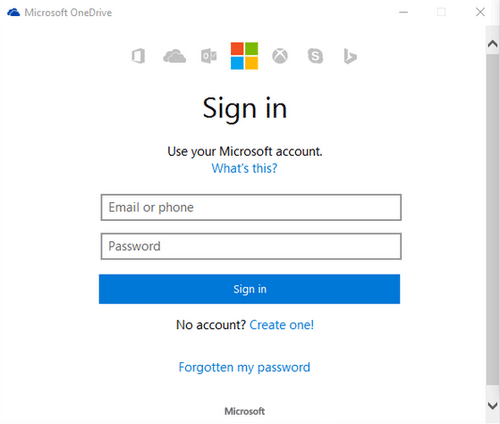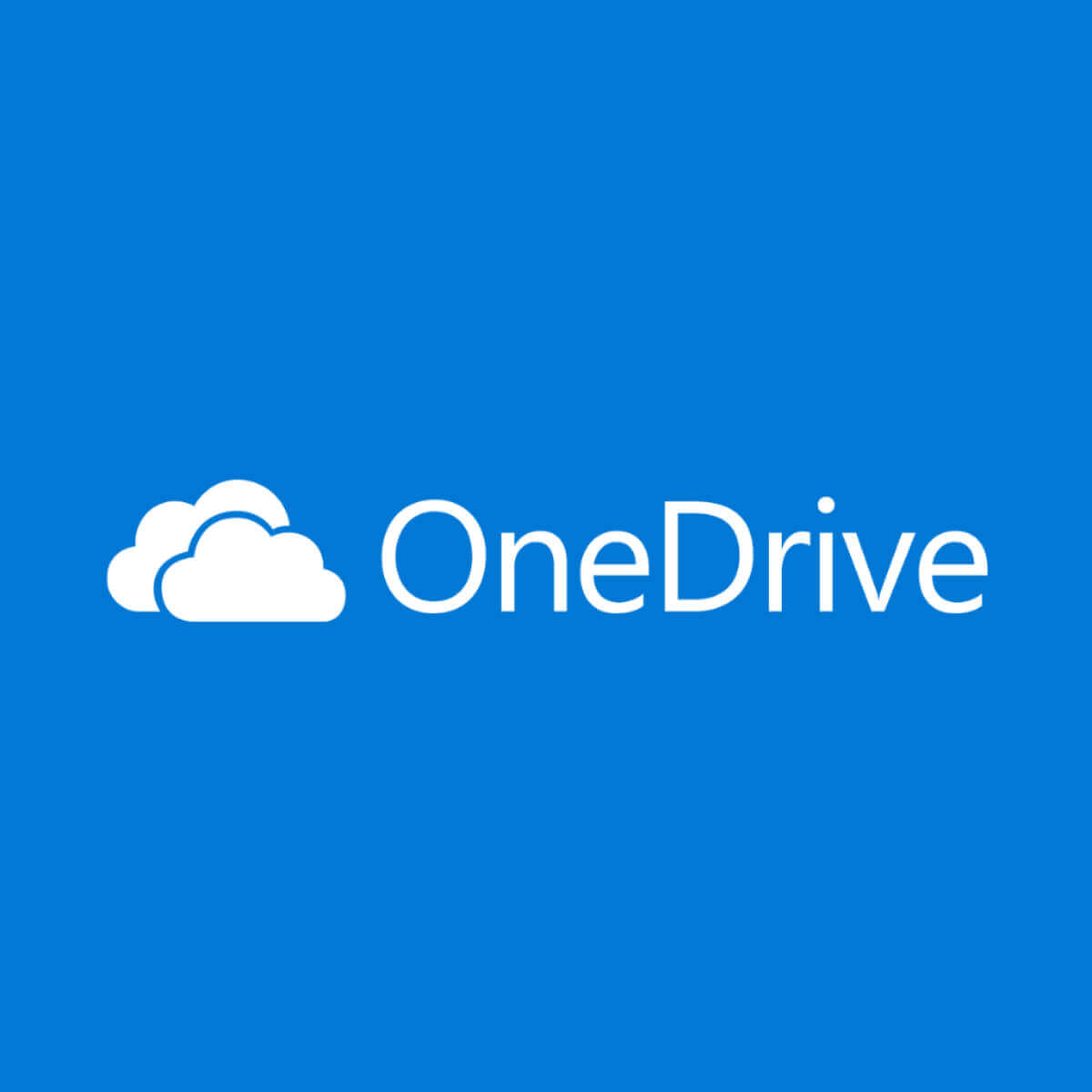

Click on Microsoft OneDrive to expand its entry, and then click on the Uninstall option (See image above).ĥ. You should see Microsoft OneDrive coming up as a search result (See image below)Ĥ. On the next screen, click on Apps & Features in the side-menu and then search for OneDrive by typing OneDrive in the search bar. On the Settings screen, click on the Apps tab (See image below).ģ. Click on Windows 10 Start button and then click on the Settings Icon.Ģ. This option is suited for those users who really do not want to use OneDrive and have no plans of using OneDrive at any time in the future.ġ. Restart your Computer to save these Changes.Īfter this, OneDrive will not be starting automatically on your computer and you will no longer be bothered by “Setup OneDrive” pop-ups.įollow the steps below to Uninstall OneDrive in Windows 10. Next, click on the System Tray ( 1) Icon, right-click on the OneDrive Icon ( 2) and then click on Exit ( 3) in the little menu that appears (See image below).Ĥ. On the next screen, uncheck “ Start OneDrive automatically when I Sign in to Windows” option and click on OK to save this setting (See image below)ģ. Next, click on the Settings ( 3) option in the contextual menu that appears (See image below).Ģ. Click on the System Tray icon ( 1) located in the Taskbar of your computer and then right-click on OneDrive App icon ( 2). Once you do this, you will no longer be bothered by “Setup OneDrive” Pop-ups and the OneDrive App will not be starting on your computer.ġ. One easy way of dealing with OneDrive and its annoying “Setup OneDrive” pop-ups on your Windows 10 computer is to simply stop OneDrive from starting automatically on your computer. Disable OneDrive From Starting Automatically in Windows 10 Hence, we are providing below the steps to Disable OneDrive from starting on your computer and also the steps to Uninstall OneDrive in Windows 10. While I waited for help from Corporate IT Services, I hacked this PowerShell script together, and left it running in a minimized shell to keep the tray in a usable state.Also, there are others who use Google Drive, Dropbox and other Cloud Storage providers and do not want to see “Setup OneDrive” Pop-ups on their computers. The instance seems to be short-lived, because when I tried to kill them through the GUI, sometimes it would say that they were already gone.

In the Task Manager I saw that there were several instances of MSOSYNC.EXE (Office Sync Center) and GROOVE.EXE (OneDrive for Business). If I didn’t “farm” the tray icons every twenty minutes or so, the icons would effectively be completely hidden from me. The tray problem was more annoying than the sync because it would hide all the real tray icons from me. It looks like that was a fatal combination of a system tray bug and an OneDrive for Business bug. The icons in the tray would disappear when I moused over them.


 0 kommentar(er)
0 kommentar(er)
